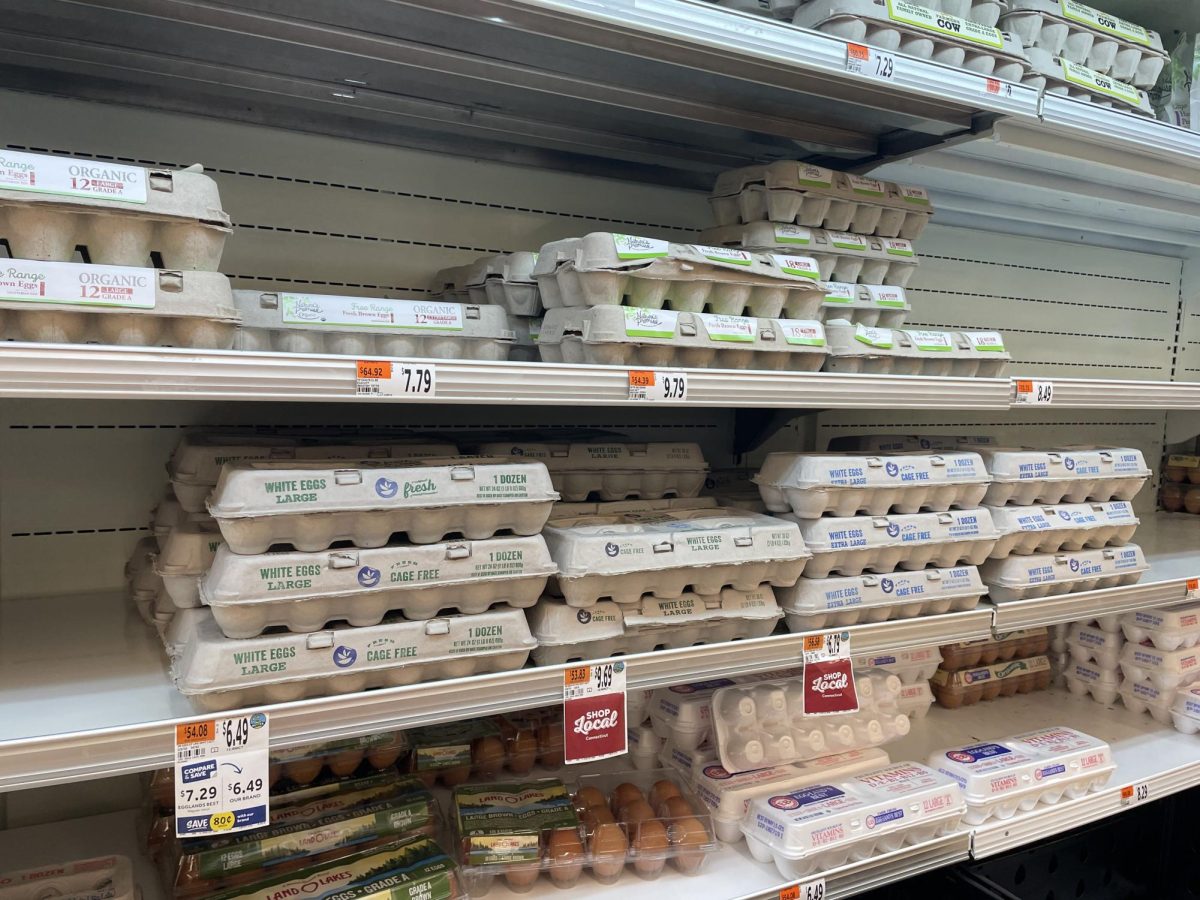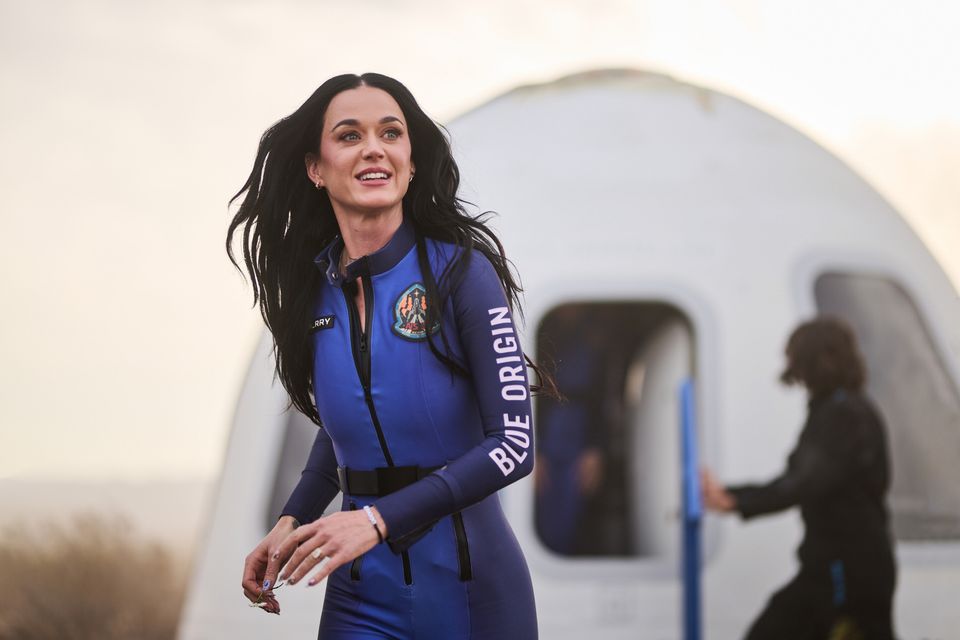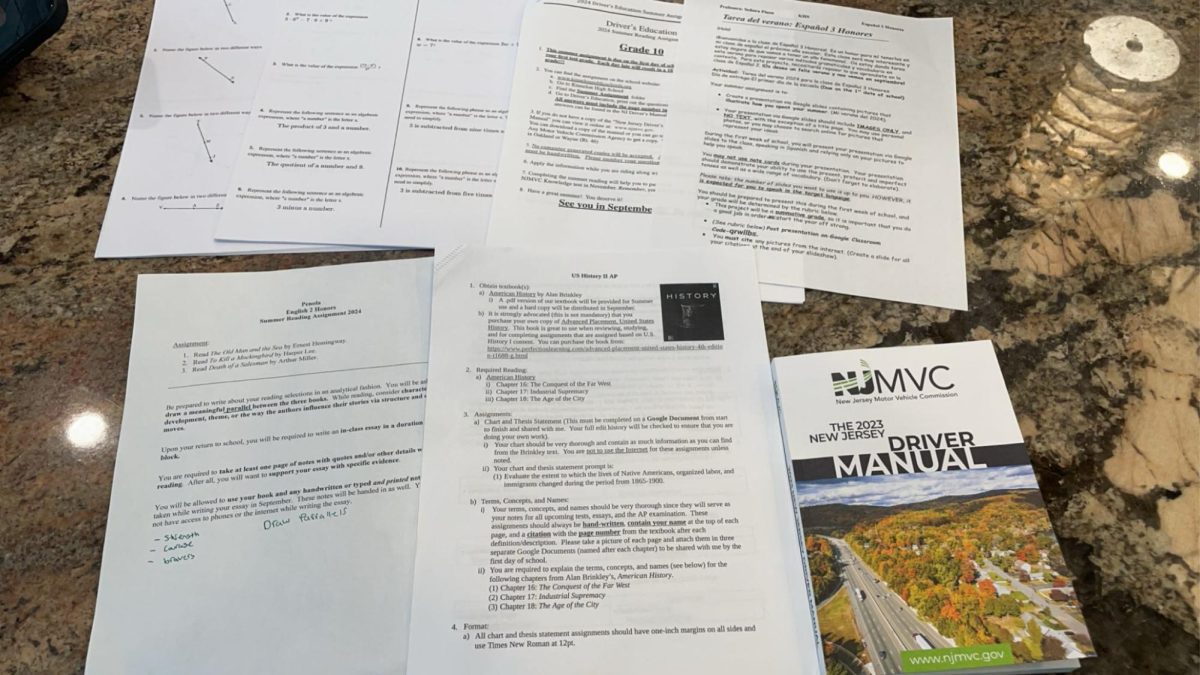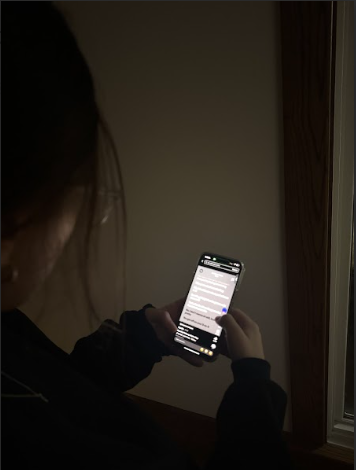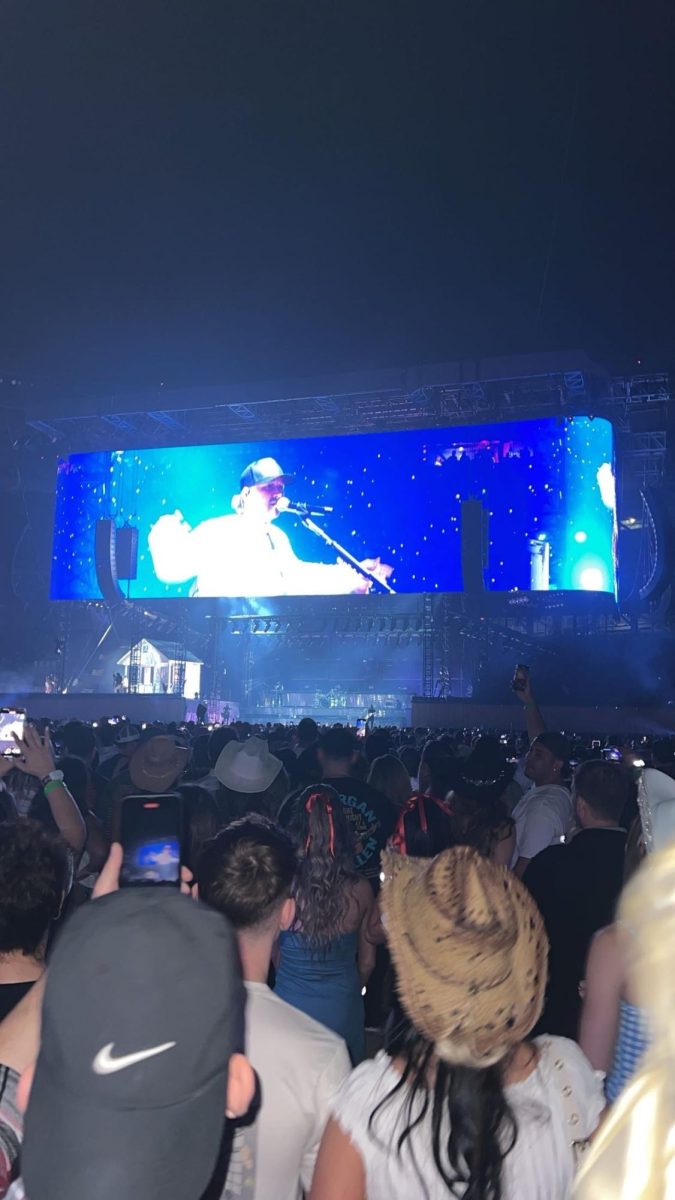On Jan. 1 more than 100 prominent female Muslim figures, such as Hiba Bég, a former journalist with an active presence online, found themselves with a profile on a fake auction app called “Bulli Bai.” The app was taken down within 24 hours. However, a similar app was created in June of 2021 called “Sulli Deals,” which was not taken down until weeks after, when there were too many complaints from victims.
Bulli Bai, created by 21-year-old engineering-student, Vishal Kumar, and Sulli Deals were apps created to auction Muslim women. These websites and apps, created to be derogatory and potentially harmful to women, show that women still face sexual harrasment throughout the world. Throughout recent years many more women and men have been more outspoken against such harassment due to certain movements that have created safe-spaces for victims.
Throughout the 19th century, the women who did work for pay did so as domestic servants, where they regularly endured sexual assault and harrasment from employers. Then, as women started to work more in textile factories during the 1920s, sexual assault was raging throughout. However, women had such weak positions within these factories that they never spoke out or fought against the harassment and assault they endured.
As more women entered the workforce in the 1970s, many started to be placed in roles that were originally held by males, such as secretaries. Women secretaries often functioned as “office wives,” to male bosses and did things such as fetching coffee but also performing consensual and non-consensual acts. Yet, after decades of feminist activites, sexual harrasment became seen as a type of workplace discrmination during the mid-1970s. In fact, author Catharine MacKinnon’s 1979 book, Sexual Harassment of Working Women, provided legal framework for sexual harrasment claims that were eventually won in court.
After decades of mistreatment towards women, it was not until the mid-1970s that it was deemed as an equality issue and something worth talking about. However, it was not until 2016 where the topic of sexual harrasment started to become more of a prevelant topic. After the accusations of sexual harrasment and assual towards Harvey Winstein, actress Alyssa Milano reintroduced the phrase #MeToo (originally used in 2006 by Tarana Burke who was an advocate for women in New York).
The #MeToo movement lead to many more sexual assualt and harrasment survivors coming out with their stories. In fact, in 2014 about 28,000 men and 256,000 females reported sexual abuse, then, in 2016 more men (about 45,000) and women (about 252,000) reported sexual abuse.
“Although I was young at the time, I feel as if I have heard more about sexual assault and abuse since 2016 then anytime before than,” said Junior Sophia Seier. Additionally, following the still prevalent #MeToo movement, social media is driving the latest activism on sexual assault.
Last year on TikTok, women and men began posting videos of the clothes they were wearing when they experienced sexual abuse of whatever kind. Junior, Gianna Oldfield, said that “My [TikTok feed] is filled with videos of people talking about people who have experienced sexual abuse of some kind. I find it sad the amount of women and men I see on [TikTok] talking about their experiences.”
Despite all of the talk and awareness surrounding sexual assault, it does not stop it from happening. In America, 81% of women and 43% of men reported experiencing some form of sexual harassment or assault in their lifetime according to a 2018 study conducted by the University of California and the non-profit, Stop Street Harassment. Not only that, but the auctioning websites created in India (although primarily directed to attack women) show the constant sexual bullying and harrasment women still face.


